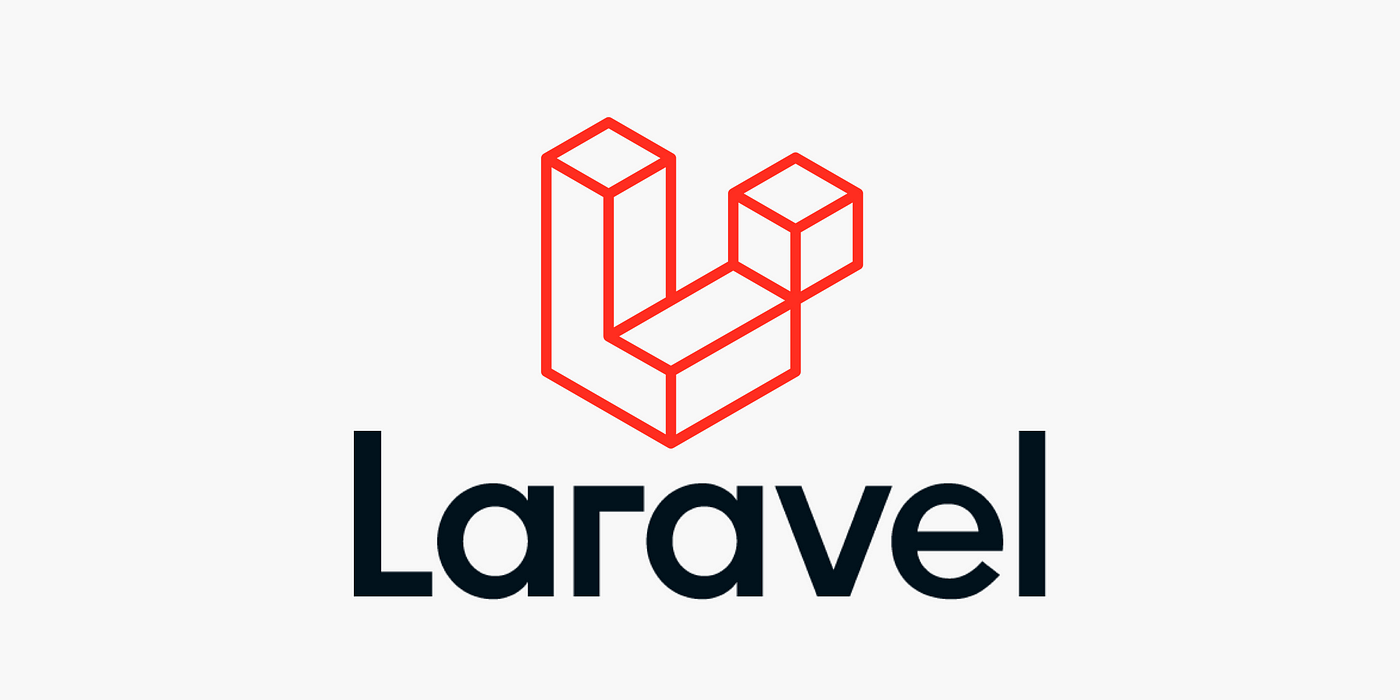In the realm of business, maintaining a good relationship with your customers is a must. The advent of chatbots, like Intercom, has made this task a lot easier. Intercom is a conversational relationship platform (CRP) that facilitates effective communication between businesses and their customers. This blog post will explain how Intercom chatbots work, especially when integrated with the Laravel framework.
Intercom Basics
Intercom uses JavaScript code snippets to gather user data and interact with them in a personalized way. These snippets are integrated into your website’s code, enabling the chatbot to access user data directly from your database.
Integration with Laravel
When you combine the power of Laravel – a robust, open-source PHP framework – and Intercom, you can further customize your interactions with users. Laravel is well-known for its ability to handle complex web applications securely and at a higher speed than other frameworks.
Here’s a simple example of how you can use Intercom and Laravel together:
Step 1: Install Intercom SDK in Laravel
First, install the Intercom SDK via composer. This SDK enables your Laravel application to interact with the Intercom API.
composer require intercom/intercom-php
Step 2: Include the Intercom Code Snippet
Next, include the Intercom JavaScript snippet in your Laravel view. This would usually go in the footer of your layout file, so it loads on every page. Replace the APP_ID with your Intercom App ID.
<script>
window.intercomSettings = {
app_id: "APP_ID",
};
</script>
<script>(function(){var w=window;var ic=w.Intercom;if(typeof ic==="function"){ic('reattach_activator');ic('update',w.intercomSettings);}else{var d=document;var i=function(){i.c(arguments);};i.q=[];i.c=function(args){i.q.push(args);};w.Intercom=i;var l=function(){var s=d.createElement('script');s.type='text/javascript';s.async=true;s.src='https://widget.intercom.io/widget/APP_ID';var x=d.getElementsByTagName('script')[0];x.parentNode.insertBefore(s,x);};if(w.attachEvent){w.attachEvent('onload',l);}else{w.addEventListener('load',l,false);}}})();</script>
Step 3: Pass User Information to Intercom
Now, we’ll modify the JavaScript snippet to include user-specific data. In Laravel, you can use the Auth facade to access the currently logged-in user’s data. Make sure to replace the placeholders with the appropriate user fields.
<script>
window.intercomSettings = {
app_id: "APP_ID",
name: "{{ Auth::user()->name }}", // Full name
email: "{{ Auth::user()->email }}", // Email address
created_at: "{{ Auth::user()->created_at->timestamp }}", // Signup date as a Unix timestamp
};
</script>
Now, when a logged-in user visits your site, Intercom will have access to their name, email address, and signup date. This allows the Intercom chatbot to personalize its interactions with the user, thus enhancing their experience.
Conclusion
The combination of Intercom and Laravel offers a powerful toolset for improving customer relations and providing personalized user experiences. With this basic setup, you can now expand the functionality based on your specific needs, like sending automated messages, tracking events, or segmenting users.
Remember, the key to leveraging technology like this is always focused on enhancing customer experiences. Happy coding!
#codelessthinkmore #intercom #php #laravel
